An origami pocket fold is a captivating technique within the intricate world of origami, the Japanese art of paper folding.
Elevating a flat sheet of paper to a functional masterpiece creates a three-dimensional pocket or pouch.
Characterized by precise folds and meticulous maneuvers, origami pocket folds serve both aesthetic and practical purposes.
This transformative process adds depth and dimension to the artwork and introduces a versatile storage element, ideal for stowing small treasures or notes.
Beyond its visual allure, the origami pocket fold exemplifies the delicate balance between artistic expression and utilitarian design in the enchanting realm of paper folding.
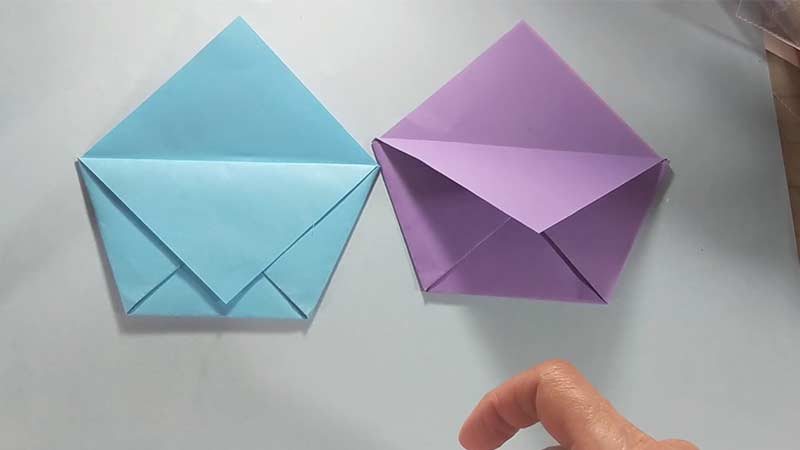
What Is an Origami Pocket Fold?
An origami pocket fold is a folding technique used in origami to create a pocket or pouch within a sheet of paper. This method involves a fold sequence that transforms a flat, two-dimensional surface into a three-dimensional pocket structure.
Typically, this pocket can be utilized to store small items such as notes, origami paper, or other tiny objects. The process may involve diagonal folds, aligning edges, and tucking flaps to shape the final pocket.
Origami pocket folds demonstrate the artistic aspects of paper folding and serve a practical purpose, adding functionality to the created origami structure.
How Do You Make an Origami Pocket Fold? 7 Steps to Create
Making an origami pocket fold is a delightful and straightforward process that transforms a flat sheet of paper into a functional pocket.
Follow these steps to create your own origami pocket fold:
Step 1: Choose Your Paper
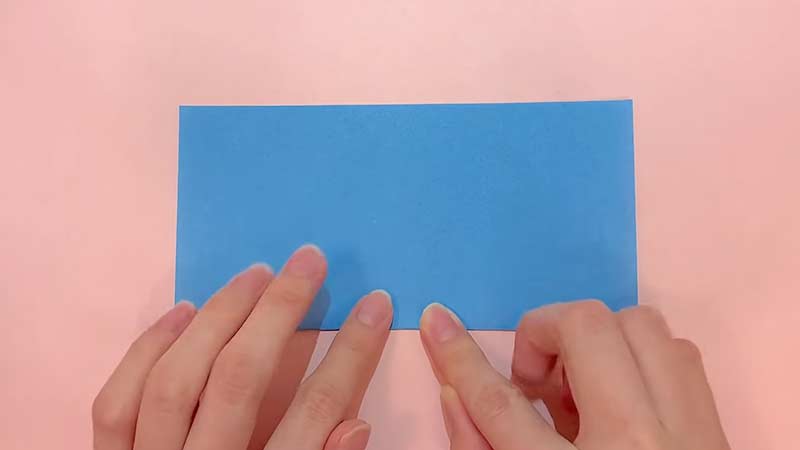
Begin by selecting a rectangular sheet of paper for your origami pocket fold. Common choices include A4 or letter-sized paper. The colour and texture of the paper can add a personal touch to your final creation.
Step 2: Initial Diagonal Folds
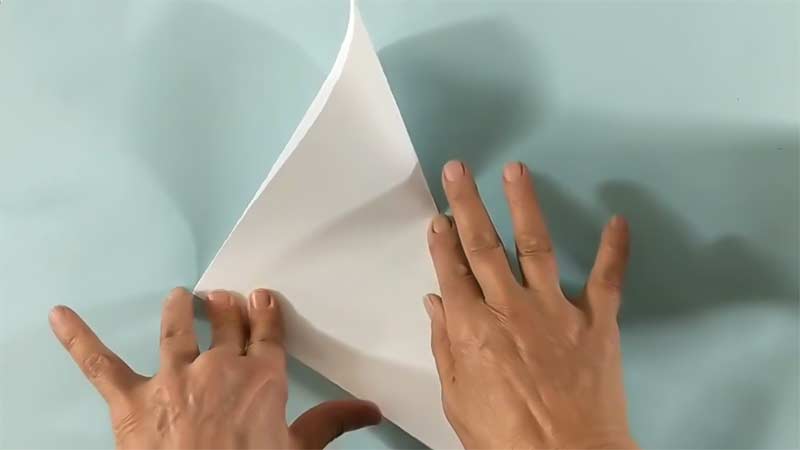
Fold the top right corner down diagonally to meet the bottom edge of the paper. This creates a diagonal crease. Repeat this process with the top left corner. These initial diagonal folds serve as the foundation for subsequent steps.
Step 3: Center Alignment
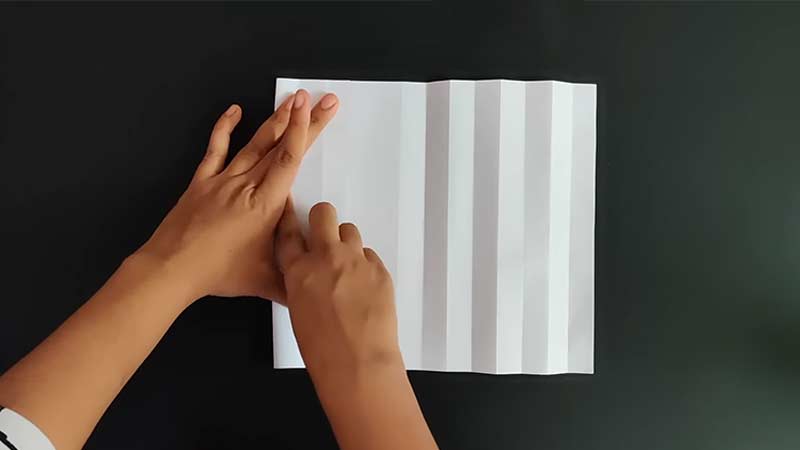
Bring the sides of the paper into the centre, aligning them precisely. This step establishes the central axis of your origami creation and sets the stage for the following folds.
Step 4: Front Flap Folds
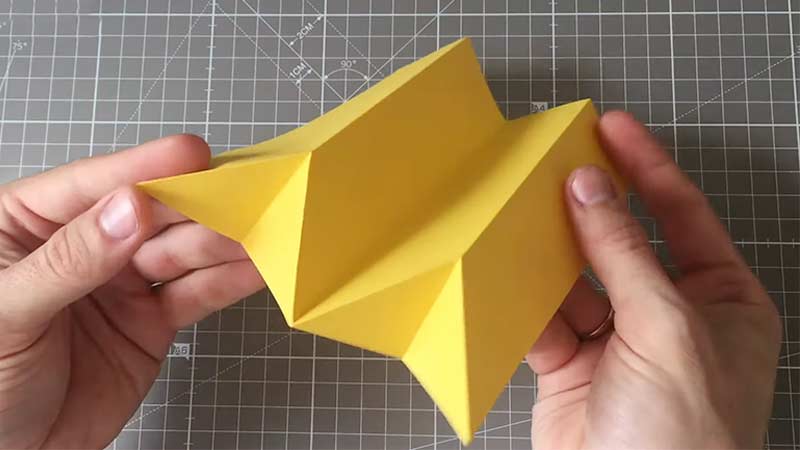
Take the right flap of the front layer and fold it diagonally to the left, aligning it with the centre. Repeat this process with the left flap. These folds contribute to the formation of the pocket structure.
Step 5: Flap Tucking
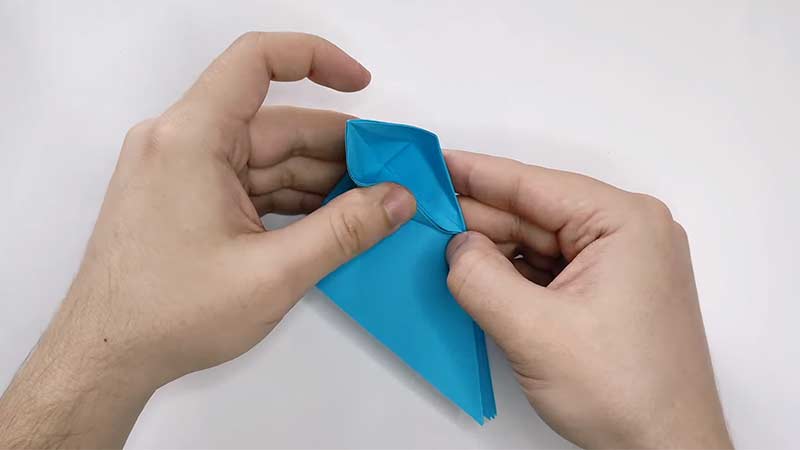
Fold both the right and left flaps behind, concealing them from view. This tucking action transforms the flat surface into a more three-dimensional structure, resembling the beginnings of a pocket.
Step 6: Bottom Corners Fold
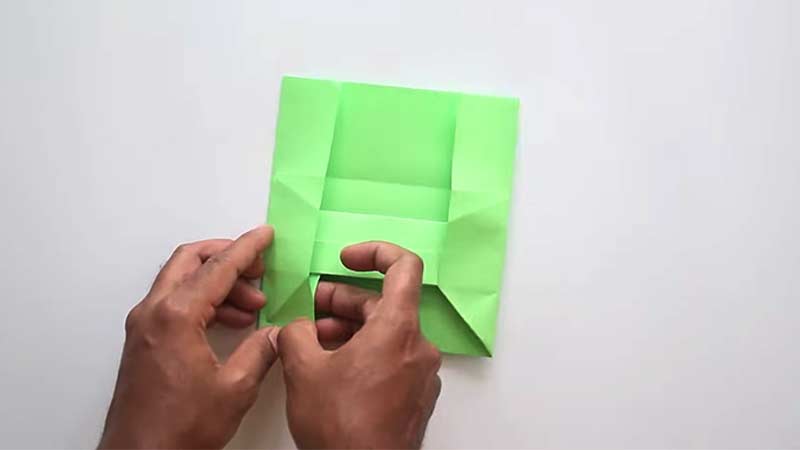
Bring the bottom right and left corners of the paper up to meet at the top centre point. These folds create the base of the pocket, forming the bottom part that will secure the items placed inside.
Step 7: Final Flap Folds
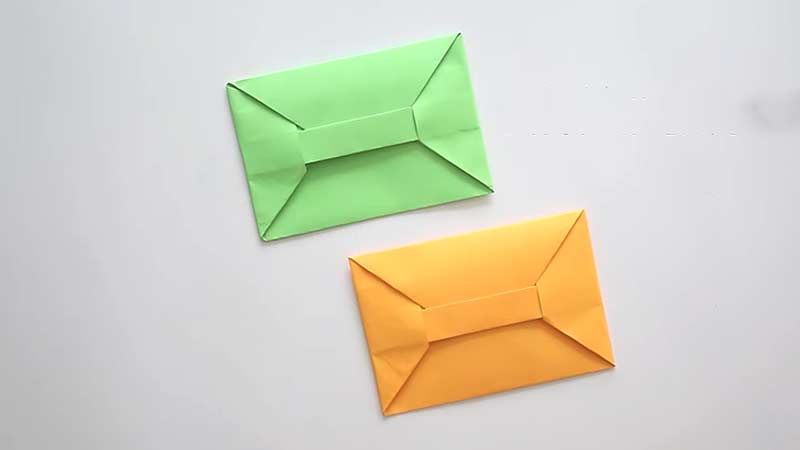
Fold the remaining flaps into the top of the pocket, completing the enclosure. Ensure a clean and secure fold for a polished final result.
Significance of Origami Pocket Folds in Paper Crafting
The significance of origami pocket folds in paper crafting lies in their ability to blend artistic expression with practical utility seamlessly.
Here are several key aspects that highlight their importance:
Functional Creativity
Origami pocket folds allow paper crafters to go beyond traditional two-dimensional creations. By adding pockets, a new dimension is introduced, making origami not just visually appealing but also functionally versatile.
Storage Solutions
The pockets created through origami folds serve as miniature storage spaces. This practical aspect enhances the functionality of paper crafts, offering solutions for organizing and storing small items like notes, business cards, or other trinkets.
Versatility in Design
Origami pocket folds open up a realm of design possibilities. Crafters can experiment with different folding techniques, sizes, and placements of pockets, adding unique and personalized touches to their creations.
Interactive Elements
Incorporating pockets introduces an interactive element to paper crafting. Whether it’s revealing a hidden message, storing a surprise, or creating compartments within a project, origami pocket folds engage the viewer in a tactile and visual experience.
Teaching Tool
Origami pocket folds serve as an excellent teaching tool for introducing people to the art of paper folding. They are often part of beginner-friendly projects, providing a manageable starting point while imparting fundamental folding techniques.
Artistic and Practical Balance
The significance of origami pocket folds lies in their ability to balance artistic expression and practical functionality. This duality adds depth to paper crafting, making it an art form that captivates the eyes and serves a purpose.
Customization and Personalization
Crafters can tailor origami pocket folds to suit their preferences and needs. The ability to personalize pockets’ size, shape, and placement allows for endless variations, making each creation a unique and expressive piece of art.
Enhanced Gift Presentation
Origami pocket folds elevate the presentation of gifts and cards. By incorporating pockets, crafters can include hidden messages, small tokens, or gift cards, transforming a simple folded creation into a thoughtful and engaging gift.
Decorative Elements
Pockets in origami can be incorporated as decorative elements, enhancing the overall aesthetics of the papercraft. They can be adorned with embellishments, patterns, or contrasting colours, adding visual interest to the final creation.
Sense of Accomplishment
Successfully executing origami pocket folds provides a sense of accomplishment to crafters. It showcases their ability to transform a flat sheet of paper into a dynamic and purposeful structure, encouraging continued exploration and creativity in paper crafting.
Several Practical Applications of Origami Pocket Folds
Origami pocket folds have practical applications across various contexts, combining artistic expression with functional utility.
Here are several practical applications of origami pocket folds:
Organization and Storage
The primary practical application is for organization and storage. Origami pocket folds can be used to create small pockets or compartments within folders, notebooks, or organizers.
This is particularly useful for organising small items like business cards, notes, or receipts.
Gift Wrapping
Origami pocket folds can be incorporated into gift wrapping. Create a pocket on the exterior of a gift package to hold a small card or a personalized note, adding an extra touch of creativity to the presentation.
Greeting Cards
When making handmade greeting cards, origami pocket folds can serve as unique holders for gift cards, small photographs, or other personalized messages.
Interactive Learning Tools
In educational settings, origami pocket folds can be used as interactive learning tools. Teachers can use them to create pockets for flashcards, quiz questions, or interactive elements in educational materials.
Event Invitations
Origami pocket folds can be integrated into event invitations, providing an elegant and creative way to include additional information or small inserts like RSVP cards.
Jewelry Holders
Create origami pockets for small jewellery pieces, such as earrings or delicate necklaces. This adds a decorative and personalized touch to jewellery storage.
Party Favors
For parties or events, origami pocket folds can be used to create unique and personalized party favours. Fill the pockets with small treats or tokens for guests.
Office and Desk Organization
Origami pockets can be used to enhance office and desk organization. Attach them to bulletin boards or office dividers to hold pens, notes, or other small office supplies.
Travel Accessories
Create origami pockets to store travel essentials like tickets, small maps, or travel-sized toiletries. This adds a touch of creativity to travel organizations.
Educational Crafts for Children
Origami pocket folds are excellent for introducing children to the art of origami while creating functional items. They can be used to make small pouches for storing small toys or trinkets.
FAQs
What materials are needed for origami pocket folds?
Origami pocket folds typically require a rectangular sheet of paper, commonly A4 or letter-sized. Some variations may involve additional tools or decorative elements for customization.
What can you store in an origami pocket fold?
Origami pocket folds can store small items such as notes, origami paper, or tiny objects. Their versatility makes them suitable for both decorative and practical purposes.
What are some popular origami models that showcase pocket folds?
Various origami models, such as animals or decorative pieces, prominently feature pocket folds, showcasing the artistry and versatility of this folding technique.
Do pocket folds align with the no-cut, no-glue principle of origami?
Yes, pocket folds adhere to traditional origami principles, which involve folding a single sheet of paper without cutting or glueing.
Can pocket folds be incorporated into different origami designs?
Yes, pocket folds are versatile and can be adapted to various origami models, including animals, modular origami, and decorative pieces.
To Recap
The origami pocket fold stands as a testament to the boundless creativity achievable through the simple act of folding paper.
From its humble origins as a flat sheet, this artful technique transforms into a functional pocket, blending the aesthetic beauty of origami with practical utility.
The journey from two-dimensional precision to a three-dimensional marvel showcases the elegance and ingenuity inherent in this ancient Japanese craft.
As enthusiasts embark on their own folding endeavours, the origami pocket fold beckons as an embodiment of artistic expression, offering both a visually captivating result and a tangible space for tiny treasures.
It is a captivating fusion of form and function within the enchanting world of origami.
Leave a Reply